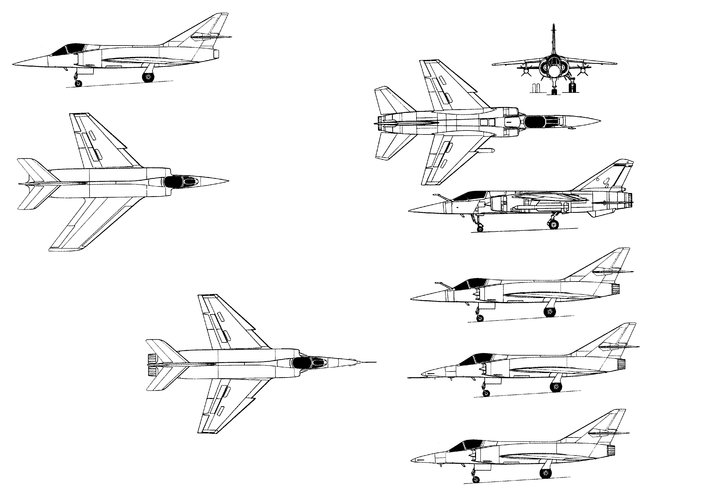The 3 main options I see as replacements in a no F-4 scenario are:
Export Saab Viggen with non-US engine
Bigger Dassault F variants
Lockheed X-27/CL-1200 Lancer
The Viggen was about as multi-role as it gets, the Dassault F1 had a pretty successful export market and was multi-role, and the F-104 was also an export success (with some bribery money to grease the skids).
Other ramifications could have included the TSR2 surviving, SEPECAT Jaguar and Panavia Tornado never happening, and a different set of RFP for the teen fighters.
Export Saab Viggen with non-US engine
Bigger Dassault F variants
Lockheed X-27/CL-1200 Lancer
The Viggen was about as multi-role as it gets, the Dassault F1 had a pretty successful export market and was multi-role, and the F-104 was also an export success (with some bribery money to grease the skids).
Other ramifications could have included the TSR2 surviving, SEPECAT Jaguar and Panavia Tornado never happening, and a different set of RFP for the teen fighters.


